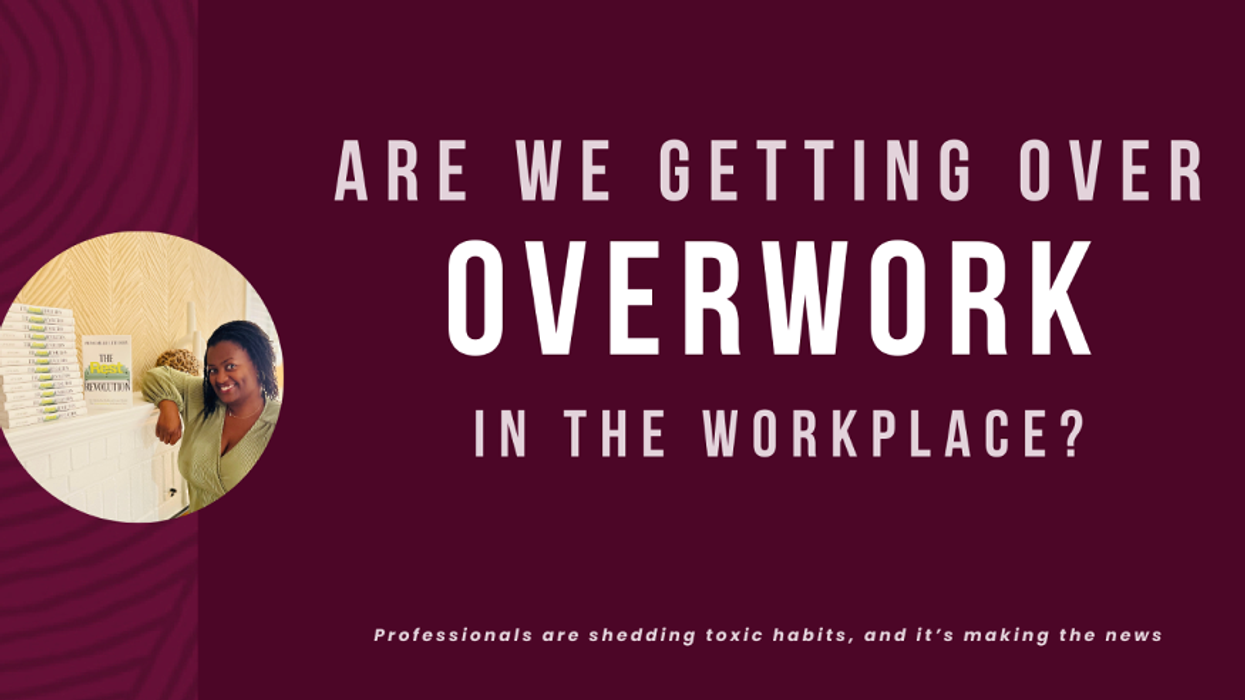According to the National Diabetes Statistics Report (2020), a periodic publication of the Centers for Disease Control and Prevention (CDC), 10.5 percent of people in the United States have diabetes. This means 1 out of every 10 people in the United States has diabetes.
It is known that type 1 diabetes is hereditary and type 2 diabetes is a lifestyle disorder. However, people of some ethnic groups have a gene for insulin resistance contributing to type 2 diabetes. Other than diet and lifestyle factors, you can also develop diabetes if you belong to a certain ethnic group. Let us have a look at the statistics.
Scientists have found different prevalence rates of diabetes among people of different ehtnic populations in the United States.
Table 1. Prevalence rates of diabetes in various ethnic populations
| Ethnic population | Prevalence of diagnosed diabetes (%) |
| American Indians/Alaskan Natives | 14.7 |
| Non-Hispanic African Americans | 11.7 |
| Hispanics | 12.5 |
| Non-Hispanic Asians | 9.2 |
| Non-Hispanic Caucasians | 7.5 |
- Pacific Islanders, Alaskan natives and American Indians have the highest prevalence rates of diabetes among groups studied in the United States Census.
- A higher percentage of African Americans and Asian Americans have diabetes compared to Caucasian. African American adults are more likely (60 percent more) to be diagnosed with diabetes than non-Hispanic Cacausian adults.
Probable reasons why certain ethnic populations have diabetes
Why certain ethnic populations have more people with diabetes than other groups is a simple question with a complex answer. The exact reason remains unknown, but experts speculate that genetic factors and environmental factors are at play.
Body type
A higher percentage of body fat makes people more likely to get diabetes. Particularly, it is the distribution of fat in the body that matters the most. If it is concentrated around the abdomen, the risk is higher.
According to the World Health Organization (WHO), Asians tend to have more body fat and abdominal fat than fat under the skin (subcutaneous fat). It is this deep fat centered around the abdomen that makes the insulin less effective on circulating blood sugar. Caucasians tend to have less abdominal fat than Asians..
Potassium levels
Low potassium levels may make a person more likely to make less insulin. That could lead to high blood sugar levels. According to research, this makes them more likely to get type 2 diabetes than those with normal potassium levels. African Americans have lower potassium levels than Caucasians. Hence, they are more likely to develop diabetes than Caucasians.
Researchers found that a diet high in glucose and saturated fats causes low levels of inflammation in the body. This is called glucotoxicity and lipotoxicity, respectively, and it damages the beta cells.
Can people who belong to at-risk ethnic populations prevent diabetes?
Everyone can eat a healthy diet and get regular exercise to lower their risk of diabetes.
- Keep your weight in check. Exercise regularly and aim to get at least 30 minutes of moderate physical activity at least five days a week.
- Eat a healthy diet. Cut back on sugar, processed foods and saturated fats. Eat a lot of fruits and vegetables, whole grains and nuts. Eat fish to get a rich source of good fats (omega-3 fatty acids).
- Check blood sugar levels regularly.
















 Ragina Ireland has been lovingly supported throughout her cancer journey by her sister, Johnnie Ireland. Four years ago, Ragina took a Cancer Genetic Risk Assessment test to help give her sister a clearer understanding of her own risk for developing breast cancer.
Ragina Ireland has been lovingly supported throughout her cancer journey by her sister, Johnnie Ireland. Four years ago, Ragina took a Cancer Genetic Risk Assessment test to help give her sister a clearer understanding of her own risk for developing breast cancer.  Dr. Cary S. Kaufman teaches the "Essentials of Oncoplastic Surgery" course through the National Consortium of Breast Centers, providing breast surgeons around the world with advanced techniques for optimal breast surgery outcomes.
Dr. Cary S. Kaufman teaches the "Essentials of Oncoplastic Surgery" course through the National Consortium of Breast Centers, providing breast surgeons around the world with advanced techniques for optimal breast surgery outcomes.